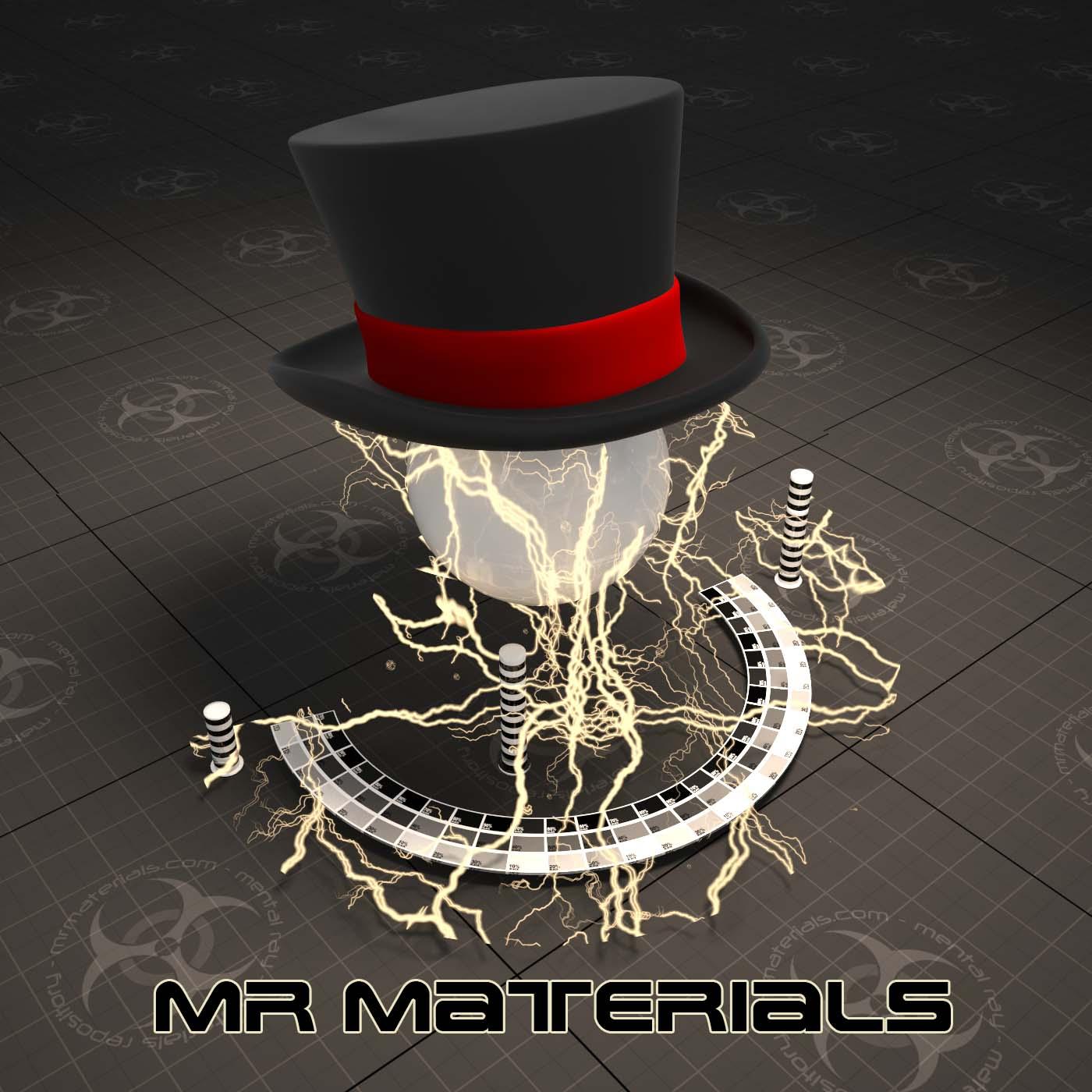Arch-vis interior tips, and Vue7 hits the streets!
HFor some odd reason there seems to be a cloud of mystery around rendering architectural interiors that are illuminated solely by man-made light sources. I see questions like this posted on forums: "There are many tutorials for interior renderings but they all are daylight scenes. That doesn't help me if I want to render my scene at night without the sun shining directly into my model."
Up front let me clearly state the basic concepts of rendering a scene that's illuminated by the mrSun/mrSky vs. one illuminated by photometric/IES lights are the same. Personally speaking, it doesn't matter to me whether my scene is lit by the mrSun/mrSky or a few photometric lights, or a combination of both. My approach to configuring the indirect illumination will be the same. The only difference that I'm concerned with between day/night scenes is my exposure control values.
The next question that inevitably comes along is: "If I approach day/night renders the same way then why don't my photometric lights work in the day scene? Is it a bug with 3ds Max / mental ray?".
No, it's not a bug...it's reality. Let's say you have a basic interior scene (and it's scaled correctly) lit by the mrSun/mrSky and the time of day is around 1pm and you've configured your exposure control to get the right amount of daylight into the room. Now, you also have enabled a few 60 watt photometric lights on the interior. You hit render and it seems as though the interior photometric lights aren't very bright (if visible at all)...why?
Simply put, those 60 watt lights just can't compete with the light energy from the sun. If you want to see those 60 watt lights, then you'll need to configure your exposure control to make those lights visible. Of course doing that will make the daylight/sunlight overbright. Again, this is a correct result. The same thing happens in the world of photography.
So what do I do if I want to have my exposure control balanced to both the daylight & 60 watt bulbs? Well if I had to do that I'd probably adjust the multiplier on the 60 watt photometric lights to make them brighter. Of course by doing that you no longer have a 60 watt light, but that's the benefit of working in 3d, we can easily tune things like that (realistic or not) to get the desired result.
FWIW, here's my basic 'checklist' for rendering architectural interior scenes regardless of the light setup:
- Make sure scene is modeled to a realistic scale.
- Assign IES profiles from lighting manufacterors to your photometric lights whenever possible for the best accuracy.
- Enable/tune GI + FG (just my own preference for interiors). Importons/IP is another option here too.
- Adjust exposure control to taste.
I don't know if this post will actually help demystify day vs. night renderings, I hope so. FWIW, I have some architectural rendering training material in the works and I'll go waaaay more indepth in those.
Next topic, VUE7/xStream is released! Personally speaking, I'm very excited about this release for the updates/features and the Max/Vue workflow has been greatly improved. More details here:
Vue7 Infinite
Hopefully I'll be able to provide some more information and possibly tutorials on xStream/3dsmax/mental ray here in the near future.
Blog entries may be discussed in the 3DA forums HERE








